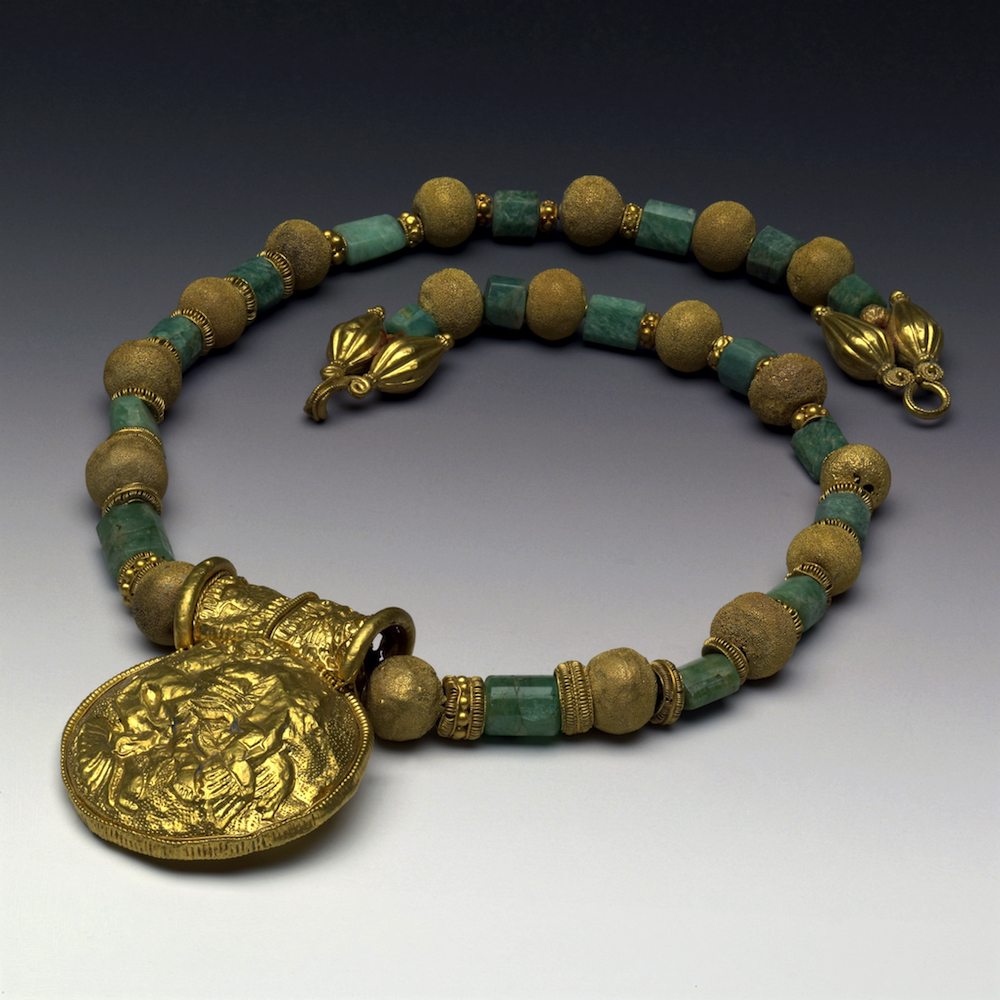
One of the reasons we love visiting Canberra in the summer is the wealth of exhibitions that are held in most of the national institutions over the holiday season. On our latest visit to the National Capital, we saw three wonderful exhibitions, including Heath Ledger: A Life In Pictures, at the National Film & Sound Archive; Cook and the Pacific, at the National Library of Australia; and Rome: City and Empire exhibition at the National Museum of Australia.
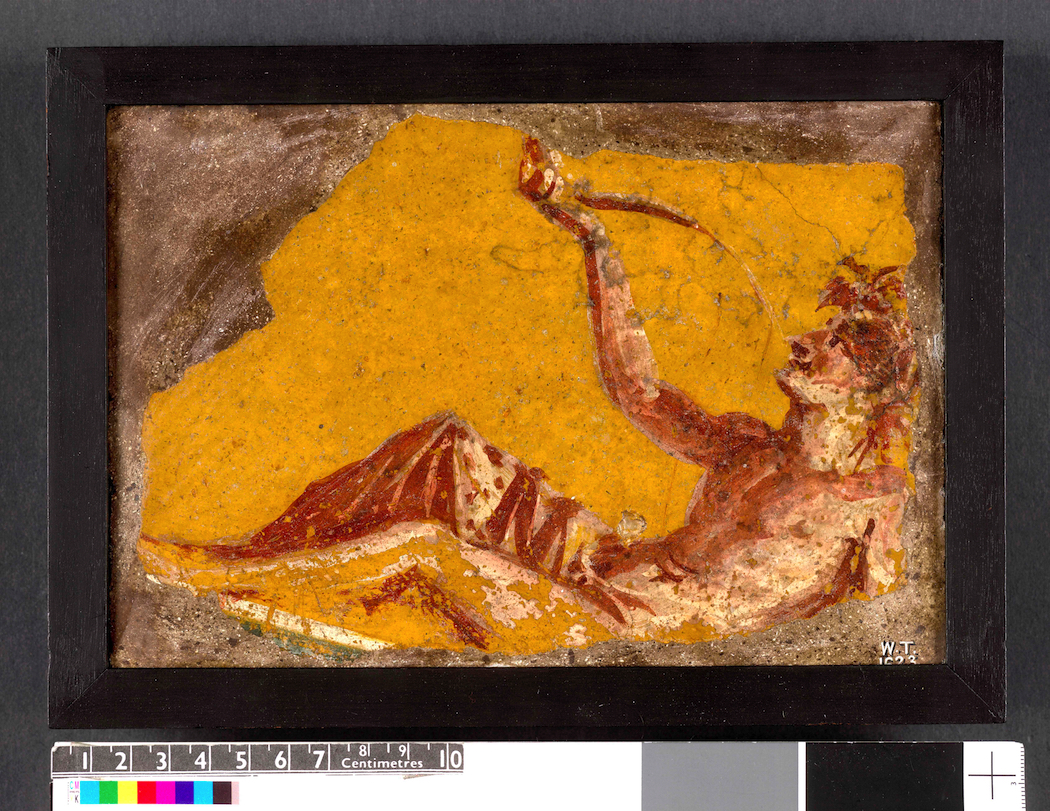
The National Museum of Australia exhibitions are always impressive but I think this is their best yet. Perhaps it resonated most strongly with me because over the last few years we’ve visited many of the sites where the artifacts originated. There are wall paintings from Pompeii, which I had the pleasure of re-visiting a few years ago; and various sculptures from Hadrian’s Villa, outside of Rome, which I finally visited after failed attempts over many years. And, of course, there are numerous objects from Rome itself, where I never tire of the awesomeness of walking amongst all those Roman ruins. Exhibitions like this one at the National Museum reinforce that sense of wonder and add new places to our travel wish list.
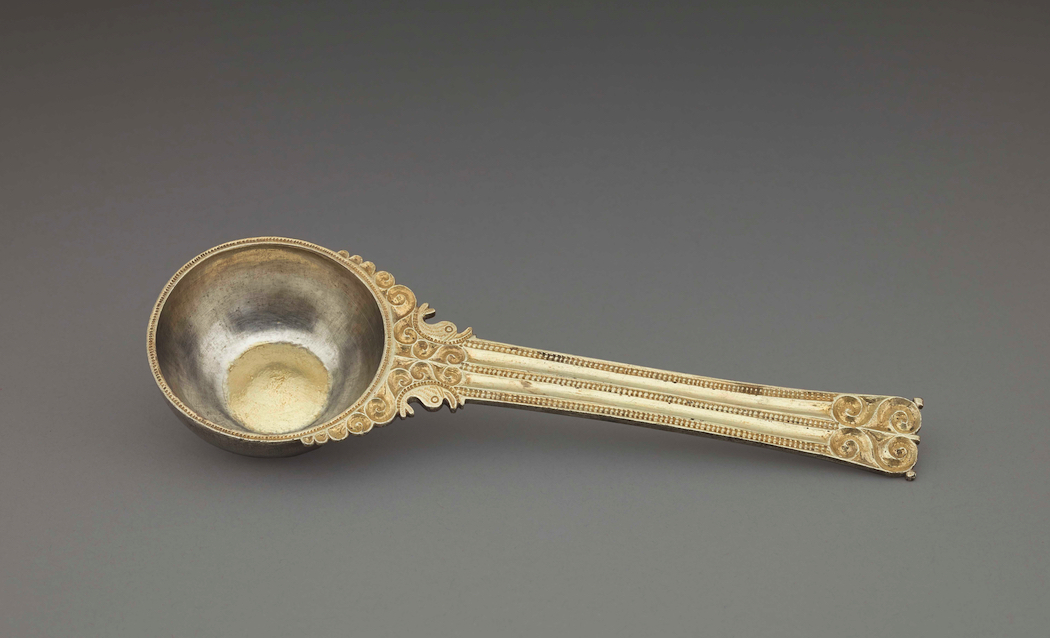
The National Museum of Australia is the only venue in Australia where you will be able to see Rome: City and Empire. The exhibition displays more than 200 treasures brought in from the British Museum, many of which have never toured. It is on at the National Museum of Australia until February 3.
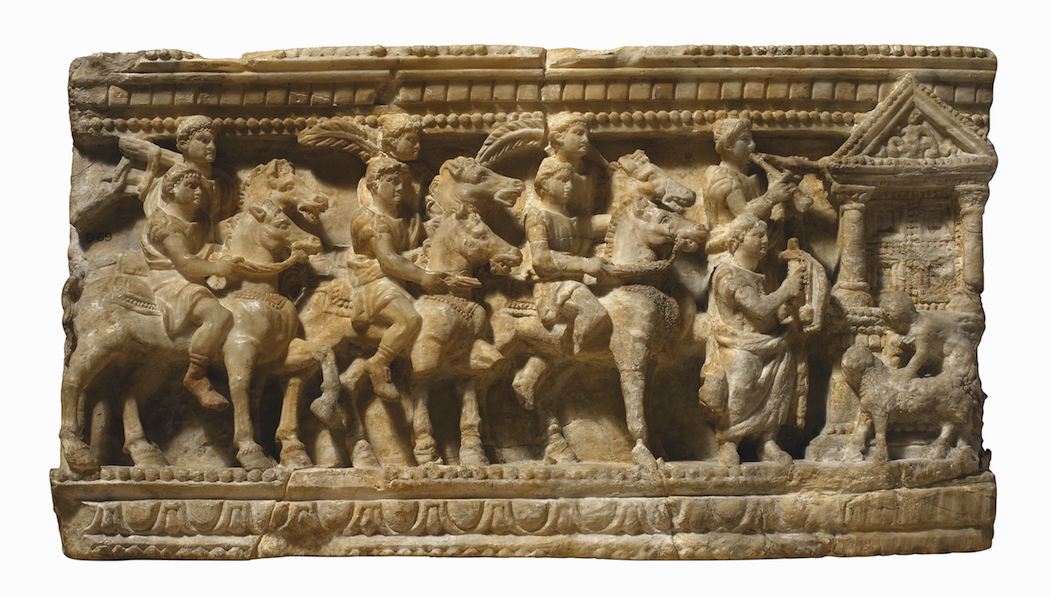
The stories of Rome and its vast empire continue to captivate and intrigue people almost 3000 years after their foundation. The objects in this exhibition date from the 9th century BC to the 6th century AD, the oldest being a ceramic burial urn in the shape of a thatched house, found in the Alban Hills in Italy (900-800 BC).
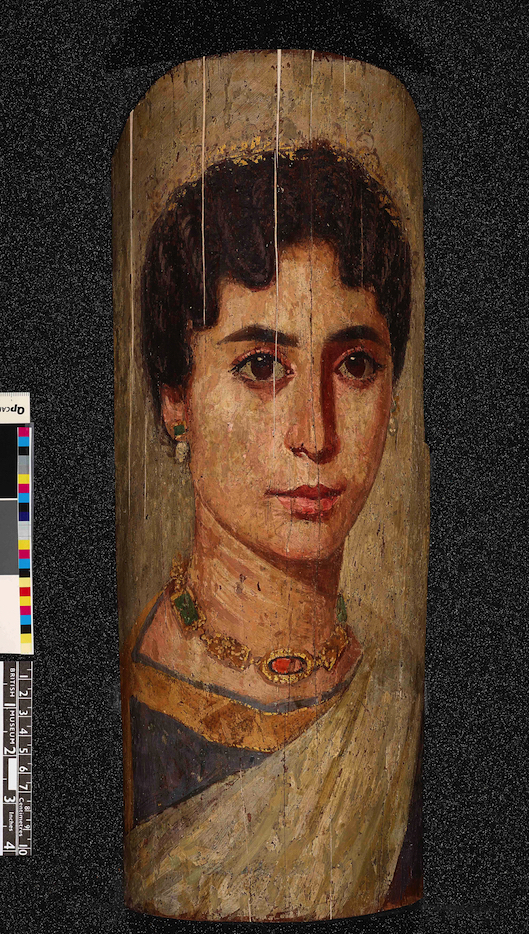
Other objects include a frieze featuring a rare depiction of female gladiators, an emotive marble statue of a bearded barbarian captive, a gold and jasper sealstone ring depicting Mark Antony, an ancient carved marble head of a woman resembling Cleopatra, and one of the finest bronze cavalry parade masks in existence.
The largest item is a 2.41m high, 1655 kg colossal Roman magistrate (70-90 AD), depicting an adult male dressed in a voluminous toga and holding a scroll. Also impressive is the massive marble head of Empress FaustinaI (140 AD) which stands 1.7m tall and weighs 1000 kg – the original statue could have stood up to 4m high.
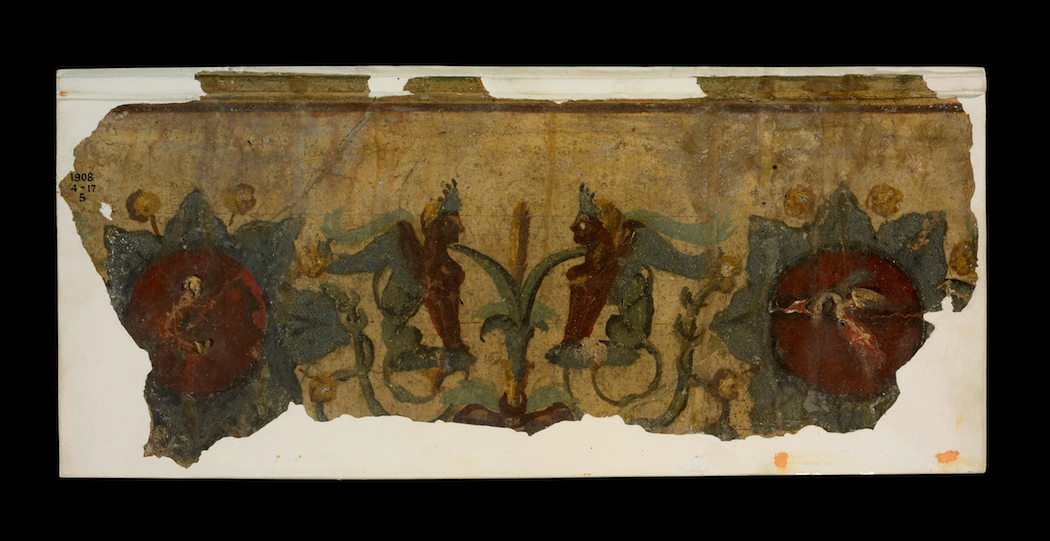
Particularly interesting are the objects from three Roman hoards, one discovered in England as recently as 2010. Hoards are collections of valuable objects (coins, jewellery and tableware) hidden by wealthy families for safekeeping in times of conflict and unrest, in the 4th and 5th centuries AD.
The exhibition includes 35 marble statues, portrait busts and architectural sculptures. The Romans created statues to honour individuals, emperors, empresses and gods, and amongst the cast of iconic historical figures who feature in this exhibition are Julius Caesar, Mark Antony, Cleopatra and the adopted son of Caesar and first Roman emperor, Augustus.
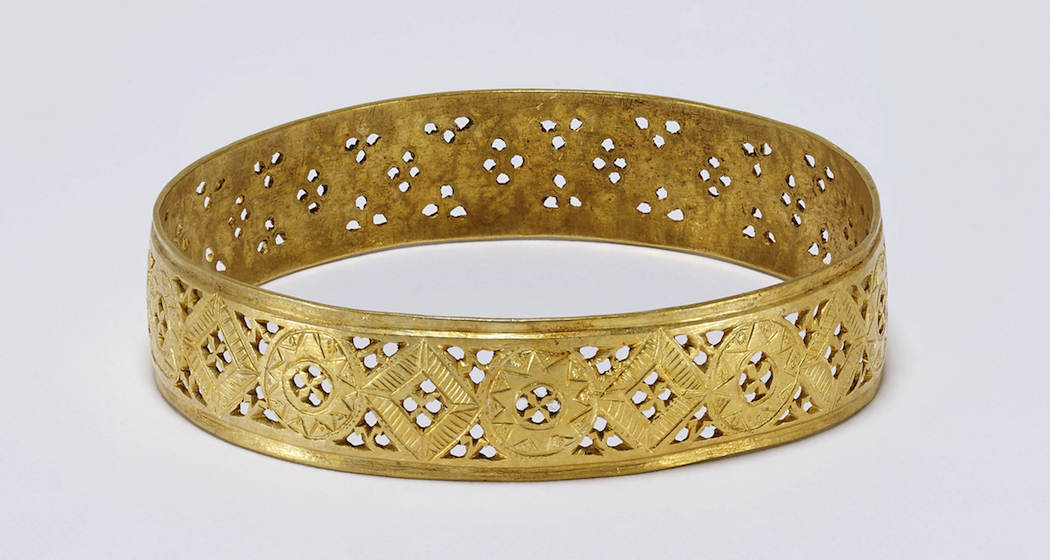
Rome: City and Empire features the opulence and grandeur of the Roman Empire, its military might, the rulers who oversaw it, the Gods they worshipped, and the diversity of its people. The objects range from opulent ones like a gilded wall painting from Emperor Nero’s Golden Palace in Rome, to simple everyday objects like a ceramic bowl, painted red with impressed decoration, which offered an affordable alternative to silver tableware.
The Empire’s power and might, politics, sophistication, ingenuity, beauty, wealth, faith and diversity are all on display in this beautifully presented exhibition. Central to the exhibition is a feature on the ‘Eternal City’ of Rome, the heart of the empire from which ideas radiated. We especially enjoyed seeing the 18th century engravings of many points of interest that can still be seen in Rome today.
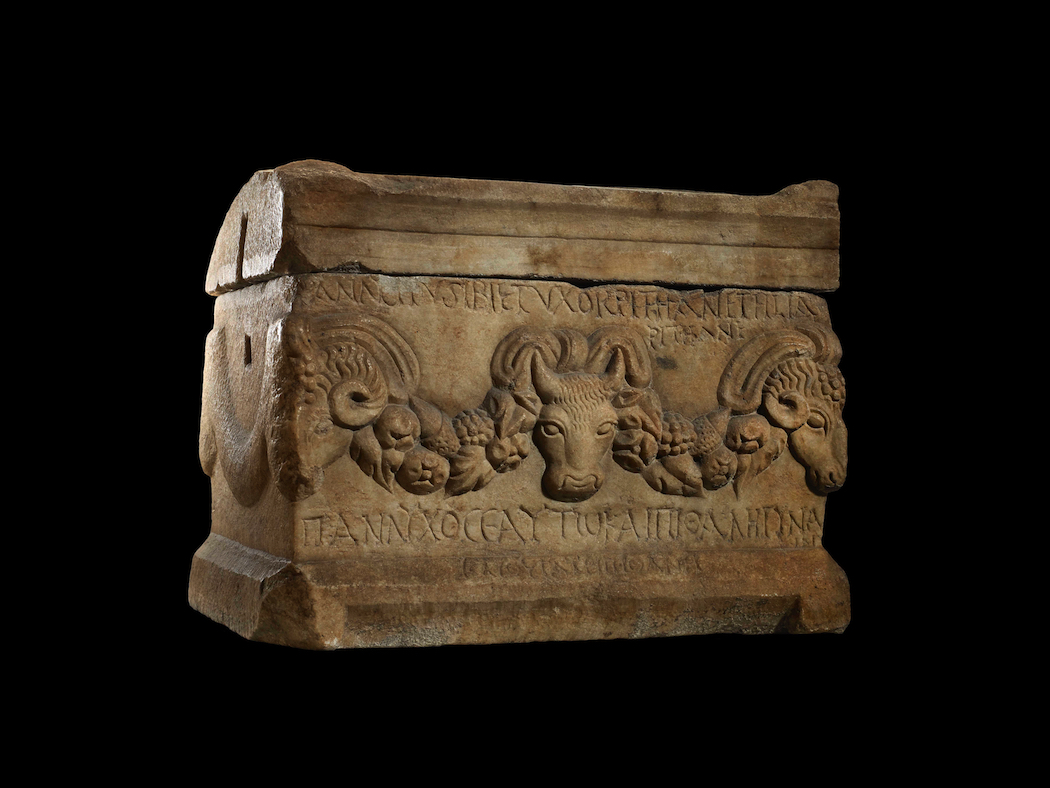
At its height, the Roman Empire encompassed more than a quarter of the world’s population, and Rome: City and Empire tells the remarkable story of how it grew from a cluster of small villages to become a powerful empire. The legacy of the Roman Empire endures in modern Australia – in our languages, our art and architecture, the design of our towns and cities, and in many of our laws – so there’s much to reflect on in this not-to-be-missed exhibition.
If you go:
What? Rome: City and Empire.
Where? National Museum of Australia
Lawson Crescent, Acton Peninsula
Canberra ACT Australia
When? Daily 8am-7pm until February 3, 2019.
Tickets: $24 adult, $20 conc, $12 child, $60 family, $16 Museum Friend
Visit National Museum of Australia website.
Tel: 1800 026 132
Photos supplied by the National Museum of Australia and reproduced with the museum’s permission.





We loved this exhibition too – particularly the concert ticket from Ancient Rome, even including seat and aisle number. Made of pottery, it has a life way beyond its original mundane purpose.
Yes, that was one of our favourite exhibits too.